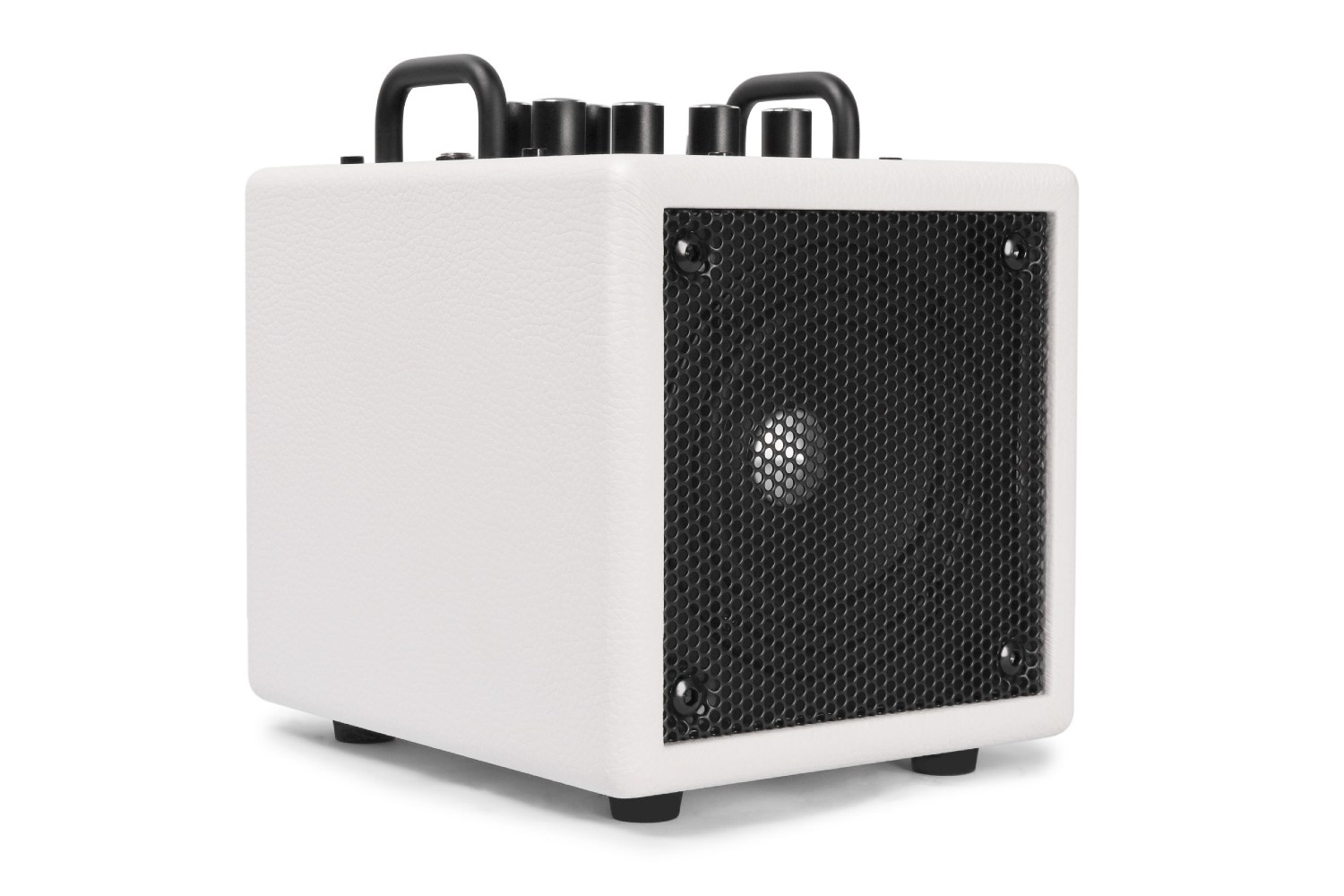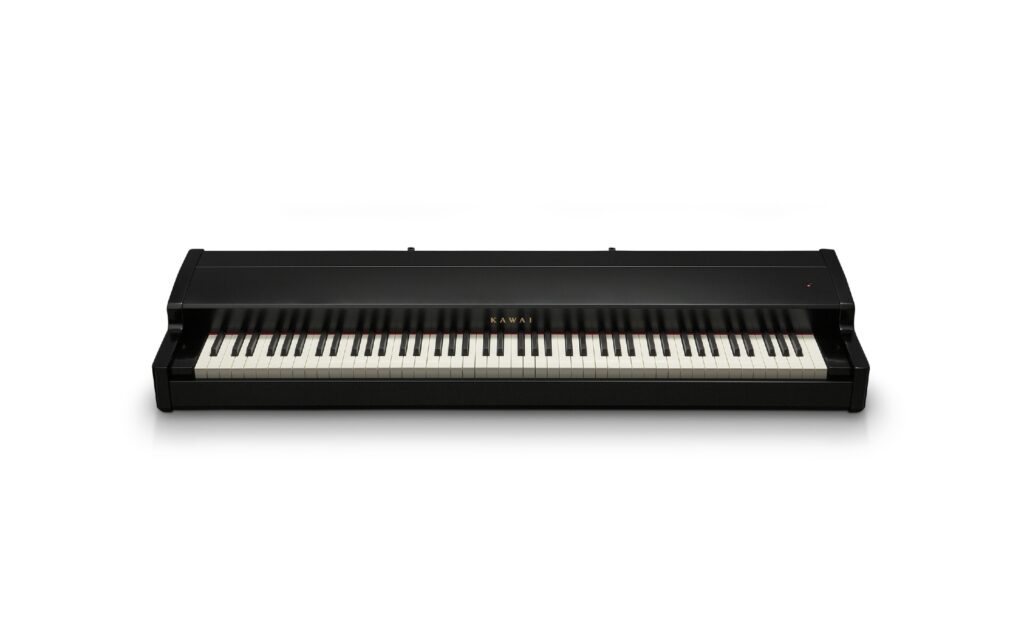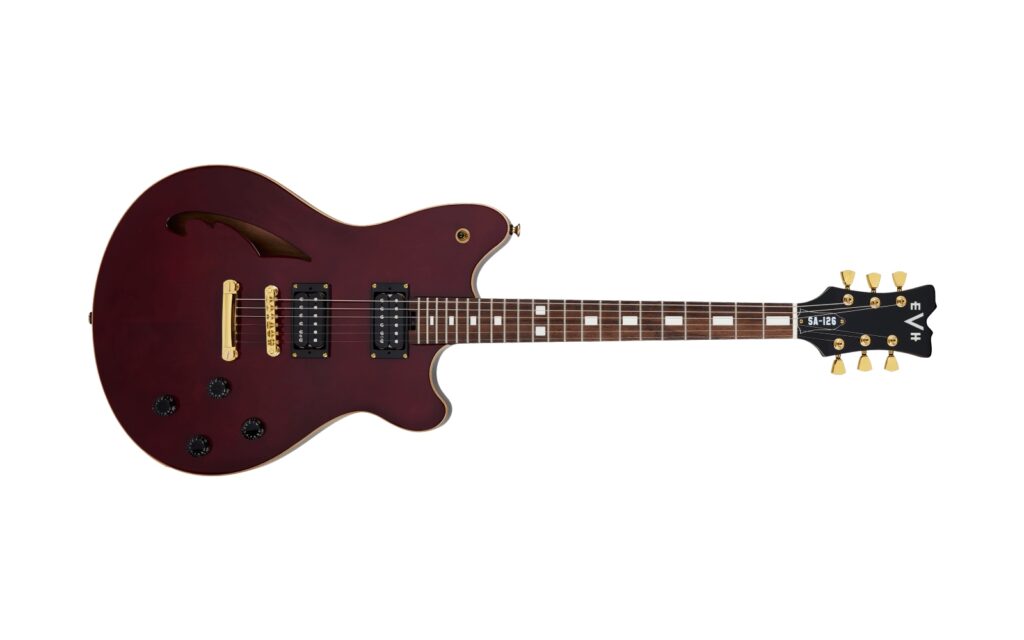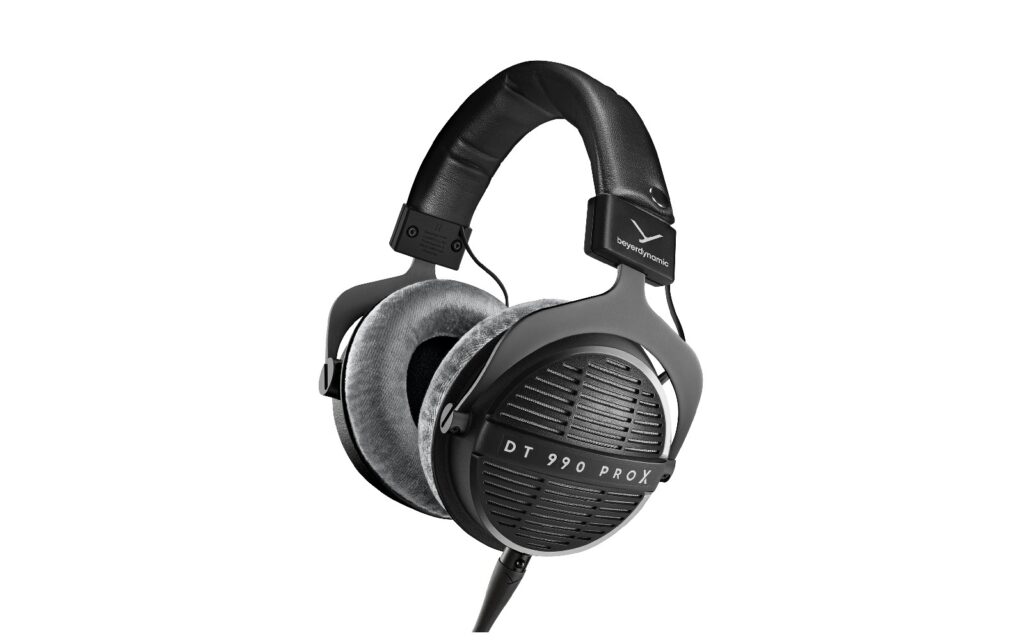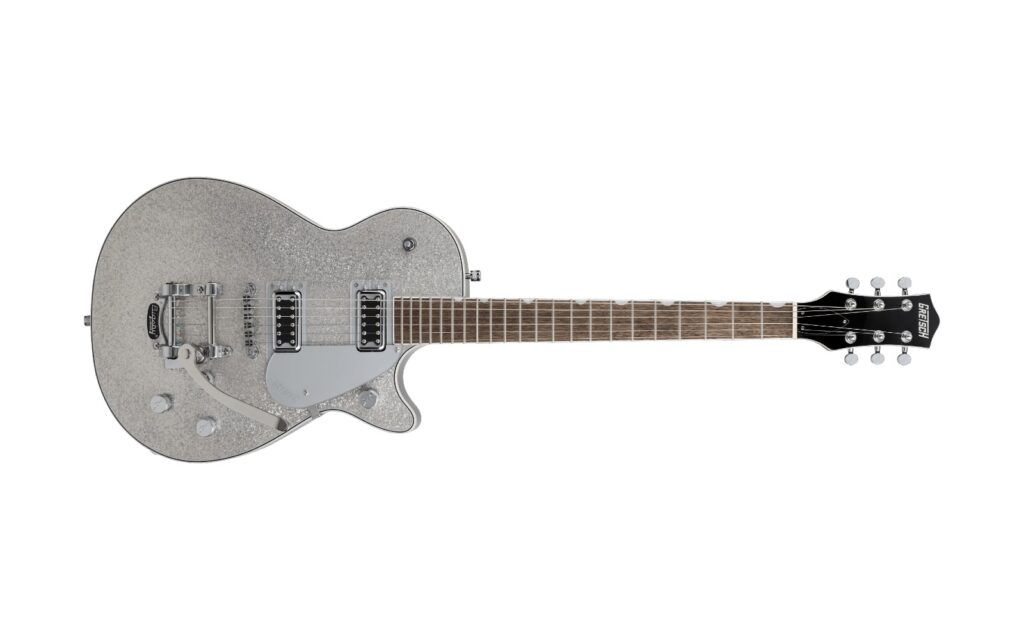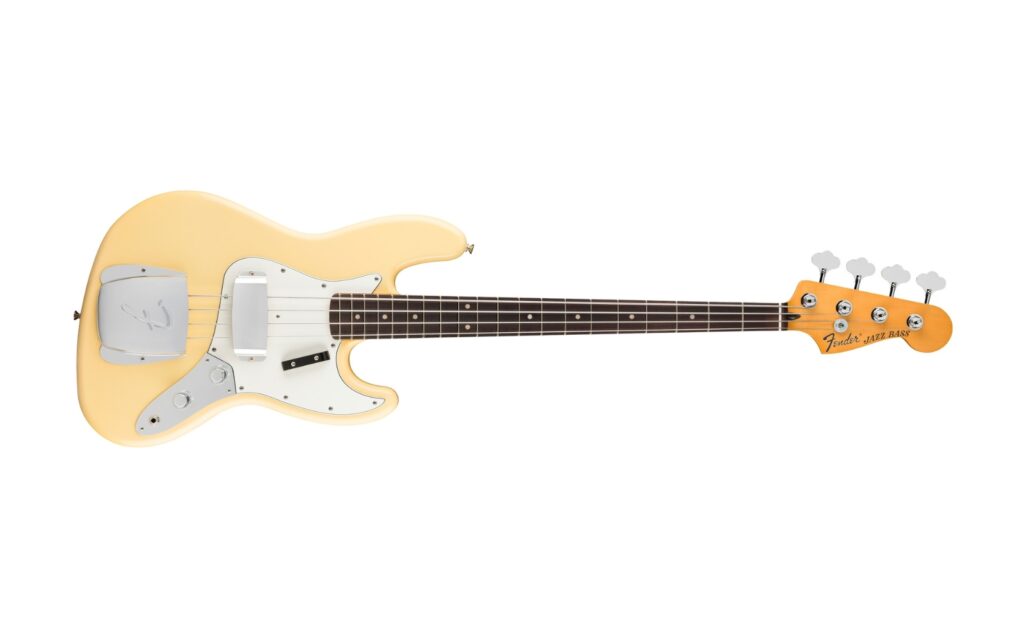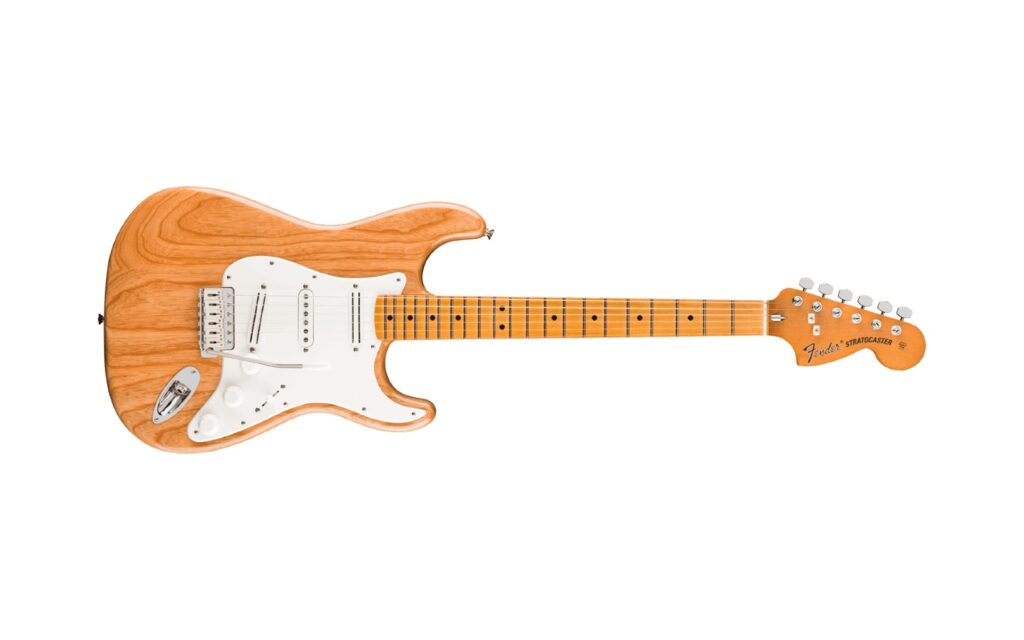Phil Jones X4 Nanobass Multi-Instrument Combo Amp | EGM | RRP $699
What do the brands Vitavox Loudspeaker Co. Acoustic Energy (of the famed AE-1 nearfields), Platinum Audio, American Acoustic Development, and the iconic AIRPULSE loudspeaker system have in common? That’s right, they were all founded by the talented and prolific Phil Jones.
A pioneer in the Loudspeaker design space, having built his first bass guitar, amplifier, and speaker cabinet in 1968 at the age of 13, Phil Jones’ journey was off to the races. He was the first to discover power compression in audio transducers and with his pioneering use of ferro-fluids in the compression drivers of his PA systems, he cemented his place in the loudspeaker world. Some of his other notable projects include the famous AE-1 nearfield monitors, historically used in the Abbey Road studios, of course among many others, and the AIRPULSE Loudspeaker system which sold for $275,000 per pair in the 90s.
Read more gear reviews here.
Since 2002, Phil Jones’ New project Phil Jones Bass (PJB) has been making waves in the bass amp scene, pioneering the use of 5” drivers for bass guitar amps building on Phil’s 10 years of research on that subject alone. The smallest of the lineup at PJB is the Nanobass X4 Combo Amp, at 7.9 inches on its longest side it is perfectly suited for portability in a backpack for artists on the move, or for busking. The Nanobass X4 packs a whopping 35 Watts of power, which is delivered through its 1x N52 Neo-Power 4” speaker driver.
The PJB Nanobass X4 is equipped with a comprehensive three band Fixed EQ. A low shelf at 100Hz provides a nice thickness to the tone, making a compensation for the small speaker size. The sweet spot I found for the Low band was between 1-2 o’clock on the dial. The Mid Band is centred at 1KHz with a crossover at 120, and I found this was nicest dialled back to about 11 o’clock. The Treble Band is a high shelf at 10KHz, which I rolled off as well to the 10-11 o’clock position. The EQ on the Nanobass X4 is very impressive, with +-15dB on the three bands, you can drastically affect the tone of the Nanobass X4 allowing it to fit a wider niche than just bass guitars. It works well with guitar, as well as Keyboards as well.
With these changes, the Nanobass X4 sounds great for a 4” speaker, it has an impressive low end, and I was surprised at how well it performed under pressure from the absurd headroom of my Stingray Special 4. It does run into some digital clipping if you turn all the dials up and flog it, but when used as intended (as a lower volume practice amp) it performs incredibly well. The overall tone of the amp is very clean, with very little mud in the low end, and despite being limited by the single speaker, it performs well with instruments such as keyboards with many octave spreads.
With a Frequency response of 72Hz-15kHz it serves as a great practice amp for bass and guitar or even keys, however due to the speaker’s physical size the low B on my 5-string was a bit under-represented. As Practice Amps go the PJB Nanobass X4 packs quite a punch. With the input pinned on maximum it beats 100dBA, so it is well and truly powerful enough for the home. It will not hold up when placed on a stage next to a drummer, however it is not designed for this purpose so that drawback is moot.
Furthermore, increasing its usefulness as a practice amp is its Bluetooth connectivity. With Bluetooth 5.0, you can practise along with a song, or perform with a backing track! The Bluetooth pairing is quick and easy, by pressing in the Aux/BT volume knob, streamlining the processes, with no menu diving needed. If Bluetooth is not your bag, it also comes with a 3.5mm Auxiliary input which is useful for outputs of other devices such as drum machines or looper pedals. PJB have been generous enough to supply you with a Male-to-Male 3.5mm Cable as well which will allow you to connect pretty much any device providing you have the right adaptor (the usual drill).
Another usage of the Phil Jones X4 Nanobassfor musicians is as an alternate speaker. Often the listening environment for a lot of music is small Bluetooth speakers and being able to replicate that effect by dropping the Bass and Treble knobs, essentially Band-passing the mix, allows a quick alternative to a small speaker equivalent. In terms of the ideal candidate for this amp, one needs to value mobility, and portability, to value tone and authenticity over the bells and whistles found on other practice amps and see the importance and potential of the alternate input sources found on board the amp.
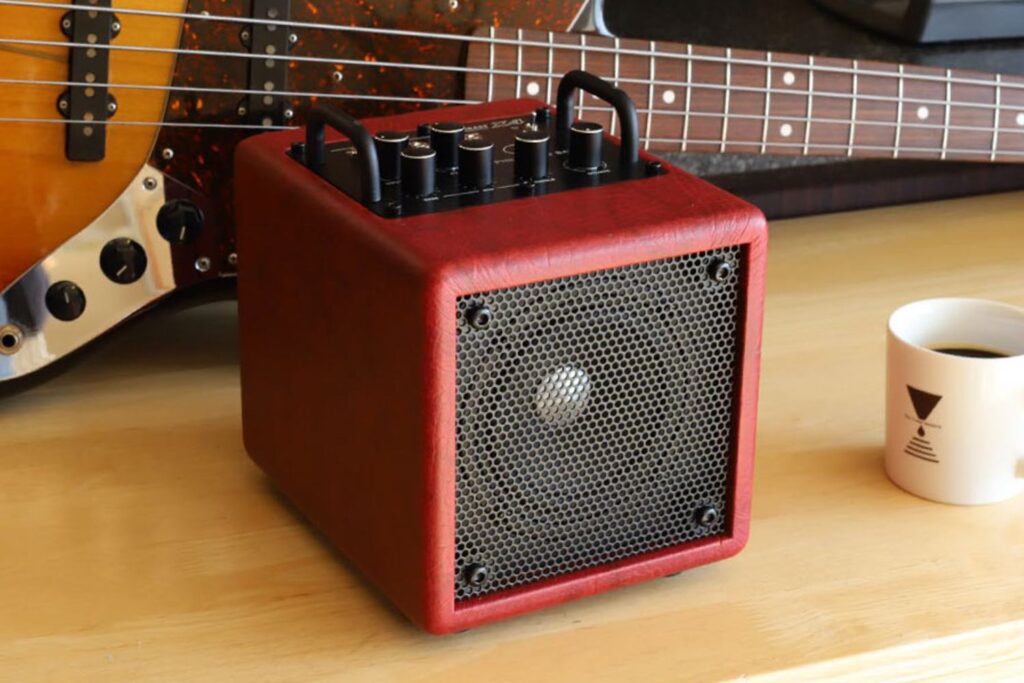
From the time I spent road testing this amp, I found its power to weight ratio was off the charts, allowing me to comfortably travel with it in my backpack (it weighs less than 2.5Kg) and it sounded great at doing what it was designed to do! I played some of my reference tracks I use through it and dialled the EQ how I liked, and it performs well as a Mono Monitor, however, to perform best in this role, it needs a High-Mid EQ band as the 2-5KHz was hard to tame at high volumes with the bands available, this also is the harshest area I found when playing Guitar or Keys through it, however the low end is tight, and it is a bass amp after all.
Overall, the Phil Jones X4 Nanobass performs excellently as a practice amp and has the capability to be so much more. In terms of the areas that it specialises in, those being weight, size, and tone it is hard to hold a candle to. I would recommend this as a bass amp for anyone who needs a portable and lightweight solution for practice scenarios.
For more information, head to Phil Jones Bass. For local enquiries, visit EGM Distribution.
